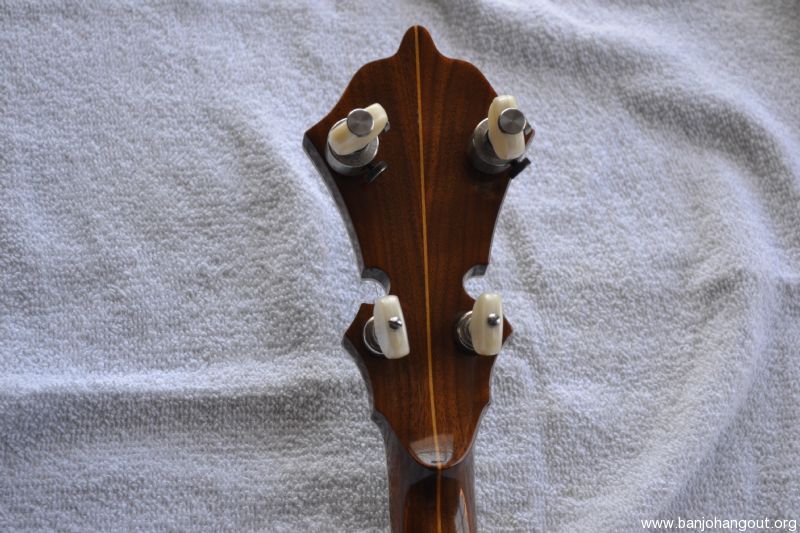


He heard Kunsford’s version and asked if he could use the song in his album, to which Lunsford responded by selling it to him for a mere $25! But Wiseman honored his promise by making sure that Lunsford received 50% of all royalties from the song up to his death. Quite a colorful history already.īut it gets more interesting – the story goes that Lunsford’s pal Scott Wiseman was looking for a final song to complete his album as the music duo Lulu Belle and Scotty. However, the state of North Carolina maintained their tradition of brewing the illegal form of whiskey called ‘Moonshine’. And no, the song is not about the soft drink but about the original ‘Mountain Dew’, by whichI mean Moonshine! At the time when it was written, America was in the Prohibition era, where sale of alcohol was illegal. You won’t regret it!Īlso known as ‘Good Ol’ Mountain Dew’ or ‘Real Ol’ Mountain Dew’, this song is an Applachian folk track composed by Bascom Lamar Lunsford, which was later adapted by his friend Scott Wiseman in 1935. The chores of the track are pretty standard – G, C, Em and D – but the rhythm pattern is pretty fast and furious, so you’ll have to keep up! If you have friends that are violinists and double bass players, ask them to come over and jam on this beauty. The instrumental version is an absolute riot of brilliance – the fiddle, mandolin, bass, guitars, all come together for a phenomenal experience. The song is popular both as its instrumental version, as well as the one without the lyrics. The song’s lyrics have gone through what is known as the ‘folk process’, which means that the original lyrics have been adapted and transformed across generations. The song’s upbeat energy and melody sometimes makes you forget the central theme of the song, but I believe it’s important to remember its lyrical roots, so we can honor its origin. This bittersweet track talks about a person sold into slavery who is remembering his young love that he lost. We are linking tabs to the original as well as the Bluegrass version above.Īn old time American tune, Angeline the Baker has origins in an emotional song by Stephen Foster for the band the Christy Minstrels as far back as 1850. From there, move on to the crosspicking version which is how it’s played by Bluegrass guitarists. It’ll be a good idea to first master the tune the way it is played in the original record by using Carter-style picking where the melody is played on bass strings and rhythm on treble strings. With multiple rhythm guitars, vocal harmonies, mother Maybelle Carter’s prodigious guitar playing and the longing in her voice, this track showcases Bluegrass’s signature melancholy at its finest. The lyrics talk about how a young, carefree and beautiful woman was promised love by a man, who failed to honor his commitment, and left her in the lurch and heartbroken. In their original style, The Carters employ a classic folk/country rhythm pattern and an easy chord progression, making it an excellent pick for players of all skill levels. A bittersweet song about a promising young love that faded away with the years, this song can hit you quite hard when you’re least expecting it. A variant of the famous folk tune “I’ll Twine ‘Mid the Ringlets” by Joseph Philbrick Webster, “Wildwood Flower” was first recorded by the original Carter Family in 1928, but the Carter Family’s version firmly brough the song into mainstream consciousness forever.Įven though technically this song can be categorized as a mix of country and bluegrass, there was no way I couldn’t include this priceless track in the list. Next up is a classic American song with ubiquity among Bluegrass musicians. You’ll need to focus on switching from one chord shape to another but with a bit of practice, you’ll get there. But don’t fret, as the chords are relatively easy to tackle and go in a short strum pattern.

It’s a pretty face-paced melody which can seem a bit challenging at first. Although all three have released their own interpretation of the tune, we’d like you to check out the one featured in their collaborative album Norman Blake and Tony Rice 2. The version we’re referring to here features flatpicking royalty Norman Blake, Tony Rice, and Doc Watson. Since then, the tune has been in countless covers and included in over 250 tune books! Chances are high it’ll be the famous “Blackberry Blossom.” Now a bluegrass standard, the tune was first brought to public attention by old time fiddler Arthur Smith. Ask any bluegrass aficionado to pick a song they’ll recommend to get acquainted with the genre.


 0 kommentar(er)
0 kommentar(er)
